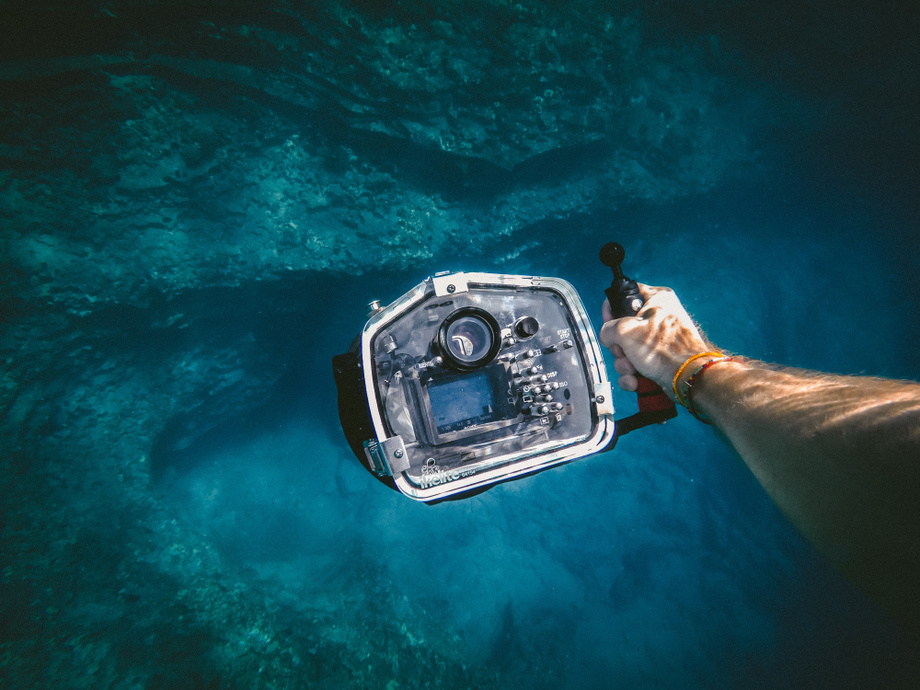Software-defined Underwater Multicarrier Chirping
Web Published:
11/16/2020
Compressed high intensity radar pulses for better underwater communication.
Sending information through water is exceedingly difficult. Radio waves are restricted to low frequencies (less than 300 Hz) which require large antennas and lots of transmission power. Optical waves suffer from scattering and need to be precisely aligned. Acoustic systems require low frequencies in order to transmit over kilometer distances with data transmission rates less than ideal.
Compressed High Intensity Radar Pulses (CHIRP) help overcome these problems by mimicking the underwater acoustic (UW-A) transmissions of mammals. CHIRP methods have been used frequently in radar and sonar systems. This new application provides an adaptively coded multicarrier chirping technique which resists multipath delays and Doppler spread. The higher frequency and bandwidth produced by chirping techniques significantly increases the data transmission rate (to 300 kbs or better) making this solution ideal for sensor monitoring and long-range communication systems.
 Source: Jakob Owens, https://unsplash.com/photos/d4ECM3ZYh7Y, Unsplash License.
Source: Jakob Owens, https://unsplash.com/photos/d4ECM3ZYh7Y, Unsplash License.
- Allows for long range transmission of large amounts of data.
- Ideal for real-time underwater sensor monitoring.
- Uses existing acoustic transmission hardware. Allows for multiple users by subcarrier allocation.
- Underwater transmission of HD videos.
- Diver-to-diver, diver-to-vehicle, diver/vehicle-to surface communications.
- Search and rescue, off-shore oil drilling, surveillance, commercial fishing, environmental monitoring, disaster prevention and research uses.
US Patent Number 11,394,594
TRL 5 Technology validated in relevant environment
Available for license.
Huang, W. and Pados, D.A. "Adaptive Multiuser MCDM for Underwater Acoustic Communications" arXiv:2003.01988
Patent Information:
| App Type |
Country |
Serial No. |
Patent No. |
Patent Status |
File Date |
Issued Date |
Expire Date |
|